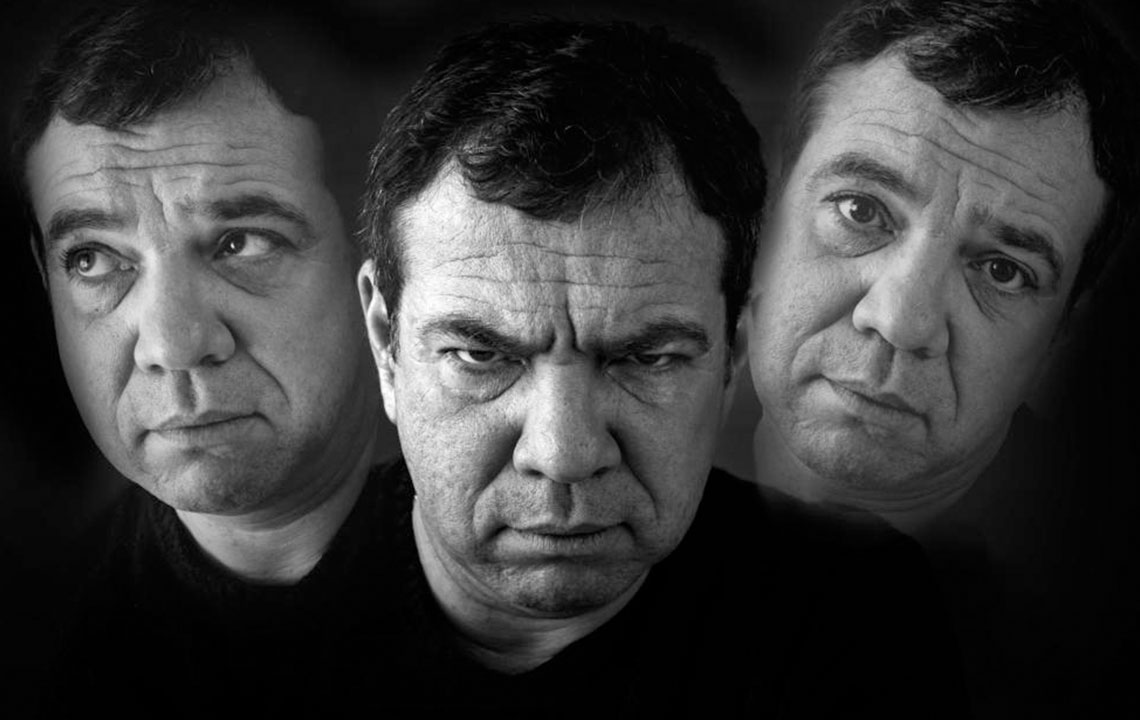A Comprehensive Guide to Schizophrenia: Recognizing Symptoms, Understanding Types, and Debunking Myths
This detailed article explores schizophrenia comprehensively, covering its symptoms, subtypes, and common myths. It aims to educate readers on recognizing early signs, understanding the disorder's complexities, and debunking misconceptions to foster better awareness and support for those affected.

A Comprehensive Guide to Schizophrenia: Recognizing Symptoms, Understanding Types, and Debunking Myths
Maintaining both mental and physical health is crucial for leading a balanced and fulfilling life. Mental health, once overlooked, is now recognized as an essential component of overall well-being. While traditional wellness practices primarily focused on physical fitness—like exercise, diet, and sleep—modern approaches acknowledge the importance of mental resilience and emotional stability. Mental health issues, if left unrecognized or stigmatized, can significantly impair daily functioning, relationships, and quality of life. Therefore, understanding mental health conditions, their signs, and appropriate interventions is vital for fostering a healthy society.
Among various mental health disorders, schizophrenia remains one of the most misunderstood and stigmatized conditions. Affecting approximately 1% of the global population, this complex mental disorder impacts both men and women equally, yet misconceptions persist. Men typically exhibit symptoms during their late teens to early twenties, whereas women often show signs in their late twenties or early thirties. Comprehending the nuances of schizophrenia, including its symptoms, types, and myths, is essential for providing effective care, reducing stigma, and supporting those affected. This comprehensive guide aims to shed light on schizophrenia’s key aspects, fostering better awareness and empathy.
Learn about the common signs, different subtypes, and prevalent misconceptions surrounding schizophrenia to promote understanding and support for affected individuals.
Recognizing the Signs of Schizophrenia
Schizophrenia is a chronic and often debilitating mental disorder characterized by a distorted perception of reality. Individuals with schizophrenia may experience hallucinations, delusions, disorganized thinking, and abnormal behaviors. While its precise cause remains elusive, scientific research suggests a combination of genetic, biological, environmental, and psychological factors contribute to its development. Recognizing early signs and symptoms is critical for timely intervention and management. Symptoms are generally categorized into four groups: early signs, positive symptoms, negative symptoms, and cognitive symptoms.
Early Signs and Symptoms
Disruptions in sleep patterns or insomnia
Social withdrawal from family and friends
Increased irritability and emotional volatility
Difficulty concentrating or focusing on tasks
Academic or work challenges that seem suddenly disproportionate
These early symptoms often precede more severe manifestations and can be subtle, making early detection challenging but crucial for better outcomes.
Positive Symptoms of Schizophrenia
Auditory, visual, or other sensory hallucinations that appear real to the individual
Presence of delusions—irrational, fixed beliefs that are not based in reality
Unusual movements or gestures, including repetitive or agitated behaviors
Thought disorders, such as disorganized speech or incoherent conversations
Positive symptoms tend to be more overt and noticeable, often requiring immediate medical attention.
Negative Symptoms
Reduced ability to communicate effectively, including disorganized speech
Poor impulse control, leading to impulsive decisions
Social withdrawal or difficulty establishing relationships
Flat affect or emotional numbness, showing little variation in emotional responses
Odd or inappropriate emotional reactions to situations
Lack of enthusiasm or motivation, resulting in reduced participation in daily activities
Decreased pleasure or interest in hobbies and personal interests
Difficulty initiating or completing tasks, such as daily routines or work responsibilities
Negative symptoms often diminish the individual's quality of life and require a nuanced treatment approach.Cognitive Symptoms
Impaired executive functioning—difficulty planning, organizing, or making decisions
Lack of insight into their condition or reduced awareness of their symptoms
Problems processing and interpreting information
Memory issues and slowed cognitive processing speed
Cognitive symptoms can significantly impact daily functioning, learning ability, and social interactions.Understanding the Subtypes of Schizophrenia
Historically, schizophrenia was classified into five distinct subtypes—paranoid, disorganized, undifferentiated, residual, and catatonic—based on symptom presentation. However, contemporary diagnostic standards, primarily the DSM-5, treat schizophrenia as a single disorder with various symptom dimensions, simplifying classification but still allowing clinicians to tailor treatments based on symptom profiles.
Paranoid Schizophrenia: Characterized mainly by prominent hallucinations and delusions of persecution or grandeur. This subtype often involves fewer disorganized behaviors and is sometimes associated with better prognosis.
Hebephrenic or Disorganized: Marked by disorganized speech, disorganized or bizarre behaviors, and flat or inappropriate emotional responses. Patients often display incoherent thoughts and poor self-care.
Undifferentiated: A broad category for individuals exhibiting symptoms of schizophrenia that do not fit neatly into other subtypes.
Residual: Reflects a history of schizophrenia with now-persistent mild symptoms or negative symptoms in the absence of active positive symptoms.
Catatonic: Involves motor disturbances such as stupor, mutism, or repetitive movements. This form is rare but serious, requiring immediate treatment.
Understanding these subtypes helps clinicians develop personalized treatment plans, improve prognosis, and provide targeted support.
Debunking Common Myths About Schizophrenia
Many misconceptions about schizophrenia have contributed to social stigma, discrimination, and fear. Dispelling these myths is essential for fostering empathy and encouraging affected individuals to seek help.
Myth 1: Multiple Personalities
Contrary to media portrayals, schizophrenia does not involve multiple personalities or dissociative identities. The term “schizo” refers to disorganized thinking and perceptions, not to multiple selves.
Myth 2: Dangerousness and Violence
While public perception often links schizophrenia with violence, most individuals with the disorder are non-violent and can live peacefully within communities. Stigma often results from media sensationalism.
Myth 3: Inability to Maintain Employment
With appropriate treatment, support, and understanding, many people with schizophrenia are capable of working, maintaining careers, and leading productive lives.
Myth 4: Long-term Hospitalization is Inevitable
Modern treatment approaches emphasize outpatient care, community support, and medication management, reducing dependency on long-term hospitalization. Isolation can worsen symptoms and hinder recovery.
Myth 5: Schizophrenia is Untreatable
Advancements in psychiatric medication, therapy, and social support systems mean that many individuals successfully manage symptoms and lead fulfilling lives despite their diagnosis.
Understanding and addressing these misconceptions is vital for reducing stigma and promoting inclusivity for individuals affected by schizophrenia.





